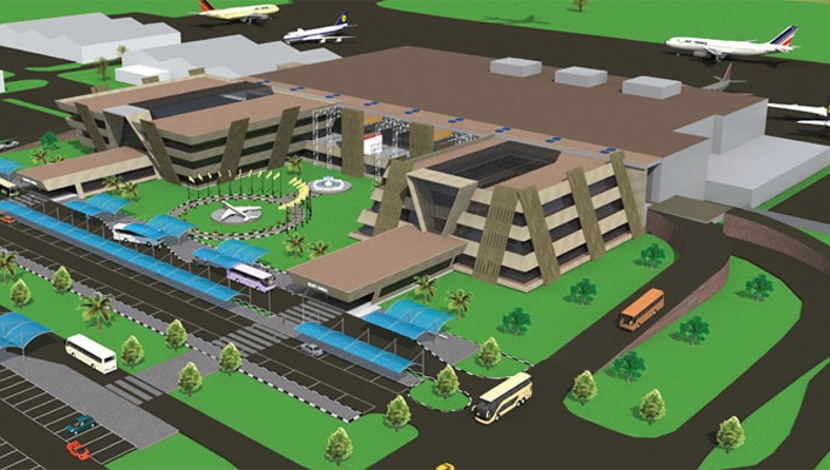
Foster + Partners has designed a number of airports, including Kuwait International, Jordan’s Alia International and the proposed London Britannia. Each is ambitious and environmentally considered. The firm says its Mexico City airport design, however, will make it one of the biggest and the most sustainable in the world.
Foster + Partners was selected to design the new Mexico City airport after working with Fernando Romero Enterprise and Netherlands Airport Consultants, to contest a competition for the project. The airport will cover 555,000 m2 and will have three runways initially. Development will continue until 2062, when six runways are planned.
The designs use a prefabricated system that allows for rapid construction without the need for scaffolding. The single terminal design is comprised of a continuous lightweight gridshell with internal spans reaching up to 170 m. There are multiple spans of over 100 m which
Foster + Partners says is three times that of a conventional airport. The gridshell is made of steel, and the internal structure is composed of composite deck slabs and steel columns.
The building has a vaulted roof and reaches 45 m at its highest point. It houses up to four levels, the number of which Foster + Partners says it has tried to keep to a minimum.
The structure will be serviced from below, hiding pipes and ducts from sight. It is designed to be LEED Platinum certifiable and uses air displacement to help ventilate the building. Foster + Partners says that comfortable temperatures will be maintained internally for much of the year, almost entirely using air drawn from outside, with little additional heating or cooling required.
Construction is due to start in 2015 and the airport is expected to open in 2018.





